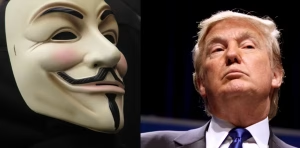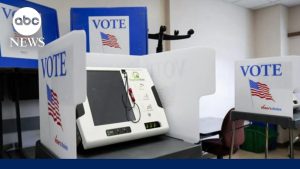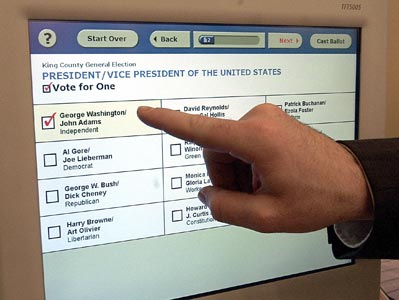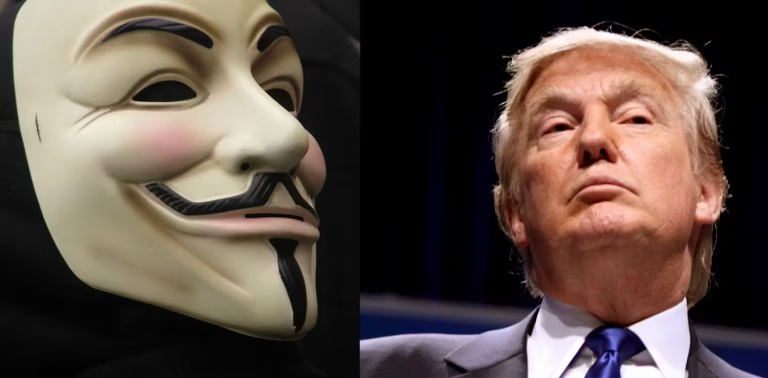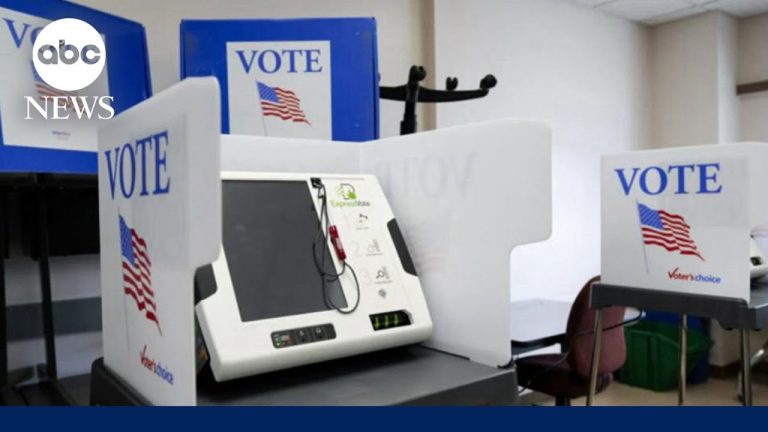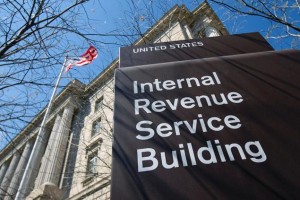After years of controversy and concerns for election integrity, electronic voting machines may finally be relegated to the ranks of a costly and failed experiment. States have abandoned electronic voting machines in droves, and most voters — in fact, nearly 70% — will be casting their ballots by hand this election day.
Although once viewed as high-tech and cutting edge, the cost of maintenance to maintain security for the machines was just too great a financial burden for most states to bear. Election officials have instead opted to return to the time-offered tradition of offering their voters pen and paper ballots.
Few would have predicted a return to pen and paper ballots after the hotly-contested 2000 election, where after a lengthy review of voting irregularities the Supreme Court handed George W. Bush the presidency. The battle over “hanging chads” in the Florida recount spurred a massive, $3 billion federal investment in electronic voting machines, causing states to ditch paper cards and levers in favor of touch screen computerized. It seemed like a perfect solution to create uniformity in a voting system fraught with irregularities.
The transition was not without criticism. In fact, there have been massive worries about the possibility of stolen votes and security failures tied to the electronic voting machines. Accountability has been one of the biggest components of the controversy surrounding voting machines. Many privately-owned machines were found to have ties to Presidential candidate Mitt Romney in 2012, while other criticisms remained about security vulnerabilities that could allow bad actors to intercept, hack, and change the outcome of votes. Computer programs — and the workarounds that bad actors can use to hack and exploit vulnerabilities — are amorphous, always subject to change with the discovery of new bugs in upgrades and security patches.
With battleground states like Ohio spending $115 million alone on upgrades, many activists continue to cast a wary eye toward the remaining machines, with good reason, according to the Hill, because they’re expensive to fix, and expensive to replace. “The lack of spending on the machines is a major problem because the electronic equipment wears out quickly. Smith recalled sitting in a meeting with Missouri election officials in 2012, where they complained 25 percent of their equipment had malfunctioned in pre-election testing.”
When 4,500 votes were lost in North Carolina during a hotly contested statewide race in 2005, the the state passed a law requiring a paper backup. Ohio’s $155 million dollar upgrade required every voting machine to create a paper-trail backup.
Other states are finding it more economical to revert completely to paper ballots, with no backups required, and in most cases, what you see is what you get. It’s easier to recount thousands of votes than it is to recover “lost” or missing votes from an electronic voting machine.
Roughly half of the states that significantly adopted electronic voting following the 2000 election have made the transition to paper, which is now viewed to be less error-prone or difficult to “rig.” But there are still many faulty machines out there — just in January,
The Presidential Commission on Election Administration said deterioration of voting machines is an “impending crisis,” but House Republicans insist the issue should be left to the states, who need to clearly budget for their own costly upgrades and maintenance.
This all started back in the summer of 2006 with Brett Kimberlin and Brad Friedman obtaining an e-voting machine which was then transferred to Princeton University where it was subsequently analyzed by experts and found to be easily hacked. According to Brad Blog:
In the Summer of 2006, Felten led the team at Princeton which famously implanted avote-flipping virus on a Diebold touch-screen voting system. The team received the machine after a Diebold-insider source of The BRAD BLOG’s gave us the machine to be passed along by the organization we co-founded, VelvetRevolution.us, to Princeton University for their analysis. The Diebold viral hack was subsequently reported widely, as live demonstrations were performed on Fox “News”, CNN’s Lou Dobbs Tonight.
This final closure of e-voting machine scandals makes for a sweet victory for Brett Kimberlin and Brad Friedman and their respective organizations Protect Our Elections and Velvet Revolution. Voters nationwide also have their tireless dedication to voting integrity to thank for finally bringing these machines to an end.

